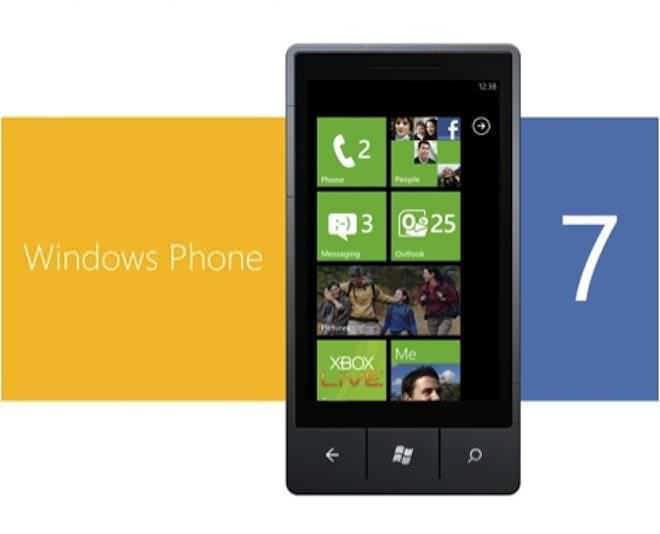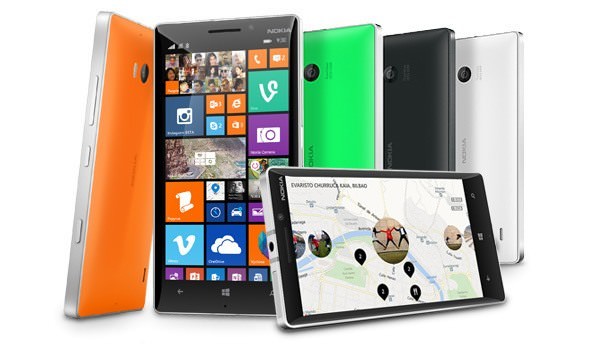Microsoft punched a lot of users of their Windows Phone 8 in the face when they announced that almost 50% of Windows 8 smartphones won’t get new Windows Mobile 10. This was very surprising, especially if we look at their constant reminders that all Windows Phone 8 users will have a chance to install Windows 10 Mobile. There were some doubts that devices with 512MB of RAM couldn’t actually run the new OS, but Microsoft vouched that they will release WM 10 even for them, but without certain high-end features, like Continuum. But, a couple of weeks ago, they suddenly came up with the announcement that WM 10 will be available just for certain Windows Phone 8 models. They practically shot themselves in the foot, especially if we look at the list of devices that won’t get the latest Windows Mobile edition. Lumia 1020, 920, 930, 925 and the current Windows Phone best seller, Lumia 520 won’t be getting WM 10. Microsoft did the same mistake twice, and probably condemned their mobile OS to the worst faith of all, a departure of users not because the OS is bad, but because Microsoft hasn’t stuck to their promise. Again.

Windows Phone 7 Debacle
Many of us still remember the disaster Microsoft started when announced that Windows Phone 7 phones won’t get WP 8 upgrade. That got Windows Phone 7.8, a poor replacement that just wasn’t nowhere near Windows Phone 8. Users had to settle with WP 7.8, or go and buy a new phone that supports WP 8. Many of them just went with Android or iPhone, angry for the fact that Microsoft just dropped the entire smartphone generation down the drain, imagine having a Lumia 900, a powerful device that could match the best Androids and iPhone and (probably) could’ve run WP8, but Microsoft decided to just screw users and practically tell them “you want upgrades? Then go with Android or iPhone.” I mean, let’s be honest, if you buy an Android you know that you might get one, eventually two OS upgrades except if you bought a flagship. And that’s fine because Android is an open-source platform where every phone is different and making the new OS version to work can sometimes be impossible. But, WP is a closed system, just like iOS, and the new iOS 9 is compatible even with iPhone 4S, a model that got released four and a half years ago. Microsoft, on the other hand, couldn’t make WM 10 work on a Lumia 930, their flagship for 2014 that got released less than a two years ago (July 4, 2014)!

Maybe There’s A Good Reason For Doing That
Many users were unsatisfied with the performance of the PM 10 insider previews on their devices. Sluggish performance, many features missing, constant bugs were the reasons many people went back to Windows Phone 8. When looking at the facts from that perspective it can be reasonable to not offer the new system for certain models. But no flagship should be pulled from the Windows Mobile 10 list of supported devices if the system doesn’t perform the way it should get back to the drawing board, make it work. Lumia 930 has more than enough power to run WM 10 perfectly. Just look at Sony and their flagship device support. Even Xperia Z1, which got released two and a half years ago, will get new (well no longer newest) iteration of Android, even though it wasn’t in the list of devices that’ll get Android M. So yeah, Microsoft did this absolutely wrong, they promised and promised, for two years, that every phone will get WM 10, and suddenly they omitted many models from the upgrade list. A poor move that’ll surely reduce their already marginal market share.
What Future Awaits WM 10

WM 10 should be a part of a new Microsoft’s PC+ philosophy. Continuum feature is a clear proof of that. But in order to gain new users, you must first keep current users happy. Microsoft managed to disappoint them two times in a row, and that can’t be good for them. Windows Phone devices are holding 2.6% of the smartphone market right now, a margin error. Four years ago they had 3.1%. They lost one-sixth of their users in just three years, and somehow they thought that omitting most WP 8 devices from WM 10 upgrade plans would be a good thing. Oh Microsoft, you’ll never learn. Their “Universal Windows” ecosystem is an awesome idea, but it will stay just an Utopian idea if there’s no one left to experience it fully. Because if this trend continues, WM will experience the same faith as Blackberry, which now holds a laughably low 0.3% of the smartphone market. This year’s BUILD event saw just glimpses of Windows Mobile plans, it looked like Microsoft gave up and decided to focus solely on Windows 10 and Xbox. When asked about this, Terry Myerson the Executive Vice President Of Windows said that “smartphones aren’t in the focus for this year,” and that “If you want to reach many new users Windows Phone isn’t the way of achieving it.”
It looks like Microsoft figured out that they can’t make a breakthrough and attract loads of new users; they will continue to support WP/WM but it seems that the future of the system is bleak. The further market decline is inevitable, it is logical to conclude that many users will change their mobile OS, especially if they own a device that isn’t WM 10 ready. Sad but true; Windows Phone 8 was and still is a great mobile OS, and if Microsoft just played on honesty and said that only selected devices will get WM 10, people wouldn’t feel fooled and maybe would stay on WP. Instead, they made the same mistake twice and if you don’t learn from your mistakes, you’ll fail, simple as that. And Microsoft is known to repeat its mistakes, this time, it could mean that their smartphone presence will end because of that.

